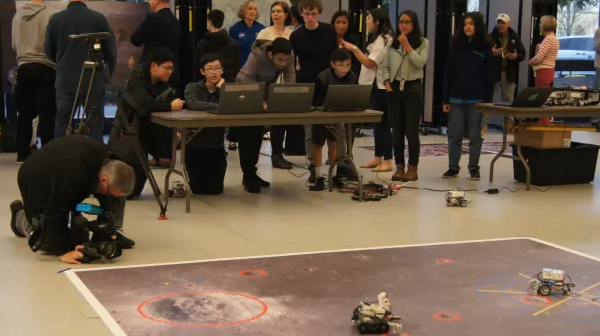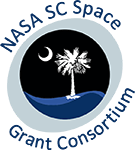
The Apollo Next Giant Leap Student (ANGLeS) Challenge is a national challenge celebrating the 50th anniversary of the Apollo 11 mission by giving students the chance to recreate the landing using drones and robots, focusing on making it accessible for underrepresented and underserved communities. NASA’s Northwest Earth and Space Sciences Pipeline (NESSP) and NASA South Carolina Space Grant Consortium invites students to enter the Apollo Next Giant Leap Student Challenge — the ANGLeS Challenge. Open to students in grades 5-12 across the United States and territories from school groups to members of youth organizations, the event challenges student teams to recreate the Apollo 11 moon landing using a drone and a LEGO Mindstorm robot.
Organizations will run the Apollo Next Giant Leap Student Challenge locally to select a team to advance to the nearest regional challenge hub. The top team at each regional challenge hub will earn the grand prize of a trip to Johnson Space Center in Houston, Texas!
WHO CAN PARTICIPATE?
The ANGLeS Challenge is open to all students in the United States and territories who are in grades 5-12. We encourage everyone to give the challenge a try!
WHAT ARE THE PRIZES?
The top team from each regional challenge hub will receive a trip to Johnson Space Center in August 2019.
The top team from each state, Washington D.C., and territories will receive official recognition, even if your area doesn’t have a regional challenge hub.
WHAT’S THE CHALLENGE?
Each team will build a replica of the lunar module and use a remote-controlled drone to land it on an 8-by-10-foot map of the moon’s surface. Students will modify and program a Lego Mindstorms EV3 robot to then explore the lunar surface and bring back a rock sample.
High school students will also use the drone to retrieve the team’s lunar module and bring it back to the starting line.
Questions? Contact the NASA South Carolina Space Grant Consortium here

